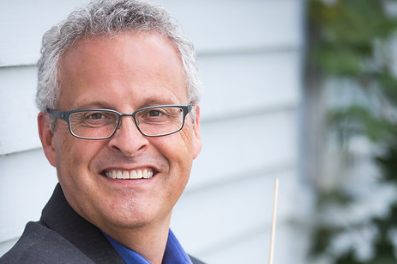If you’re at all familiar with Classical music, you may be aware that some of the world’s most famous symphonies have nicknames. Haydn’s symphonies are especially famous in this regard: his “Surprise” symphony (No. 94) and his Symphony #83, the “Hen,” the theme for which was reminiscent of a hen scratching.
In most cases, the nicknames were given by others, not by the composers themselves. The nickname would act as a kind of memory aid, and publishers also got involved, coming up with nicknames as a way of increasing the music’s popularity.
In a way, they’d be the earliest examples of music that had a title applied after the music was written. The truth is, you could take almost any symphony and call it the “Spring” symphony, and we’d all start to imagine flowers blooming and lambs bleating.
In popular songwriting, you can do the same thing, and actually benefit musically from it: write your song first, and then decide what it’s about. Why would this be at all a good idea? Mainly, because it helps speed up your songwriting process, particularly if you’re the kind of writer that gets hung up easily on words.
I’ve always believed that the best way to write in the pop genres is quickly. There’s something great about songwriting if, at least at first, you try to get your initial ideas written quickly. By doing so, you’re able to take advantage of the spontaneity that comes from a stream-of-consciousness style of composing.
But if you’re constantly getting slowed down by words, or choosing a topic, you’ll find that everything grinds to a halt. What’s the solution? Just start writing, using “doo”, “la”, or any other so-called “nonsense syllables” that will take the place of words.
Once the song is written — or at least in some sort of almost-finished shape, you can then start to think about what the music is saying to you. In that regard, some songs almost choose their own topic.
And then if you feel a topic is starting to take shape, it’s time to create word lists, and start working out a lyric that you can apply retrospectively.
The main benefit of this way of writing — singing nonsense syllables just to get the song written — is that it helps keep writer’s block away because it doesn’t occur to your creative brain that you’re temporarily ignoring lyrics. In fact, by humming or “doo-doo-doo”-ing your way through the song, you find your process speeds up, and you get more musically excited.
So if you find yourself always getting stuck with words, or trying to figure out what the song is about, toss that part of your process aside and get writing the stuff you can write — quickly!
 Written by Gary Ewer. Follow Gary on Twitter
Written by Gary Ewer. Follow Gary on Twitter
 Get “The Essential Secrets of Songwriting” eBooks. They’ll help you polish your technique, and make you the best songwriter you can be. Comes with a Study Guide, tons of chord progressions, and information covering every aspect of how to write good music.
Get “The Essential Secrets of Songwriting” eBooks. They’ll help you polish your technique, and make you the best songwriter you can be. Comes with a Study Guide, tons of chord progressions, and information covering every aspect of how to write good music.










